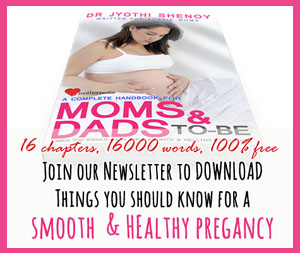Adverse childhood experiences (ACEs) are what drive some rock stars to substance abuse and misuse and to indulge in health-damaging risky behaviours according to research published in the British Medical Journal recently.
The researchers, led by Professor Mark Bellis, Director of Public Health at the Liverpool John Moores University in England, examined 1,489 rock and pop stars who were famous between 1956 and 2006 and considered their age, gender, ethnic background, cause of death (if relevant) and exposure to ACE.
The research suggests that, rather than the risk-taking being a product of the rock star lifestyle, it is actually much more to do with ACE.
Separate US studies have shown that rock stars are not likely to live as long as the general population of the same age group because of substance abuse and other risky behaviours.
Twice as many stars who died from substance abuse had at least one ACE compared with those who died of other causes.
Adverse childhood experiences – which can include poverty, emotional neglect, physical abuse or divorce – are also a major cause of other diseases and illness.
People with four or more ACEs are twice as likely to suffer cancer or heart disease, partly as a result of substance abuse. The research is also consistent with the Human Genome Project which finds that differences in our unique genes explains only up to 10% of why we suffer physical or mental illness. Scientists and medical researchers at a recent neuroscience conference in the USA have all presented evidence of the impact of childhood on adult health outcomes, particularly ACE on mental illness.
According to the research report: “Pursuing a career as a rock or pop musician may itself be a risky strategy and one attractive to those escaping from abusive, dysfunctional or deprived childhoods. Consequently, an industry with a concentration of individuals having acute and long-term health risks is perhaps not unexpected.”
“Adverse experiences in early life lead some of the rock stars pre-disposed to health-damaging behaviours, because fame and wealth provide greater opportunities to engage in risk-taking behaviour.”
The research shows that the gap between the general population and stars increases with the number of years since fame, with the longer-term effects being of greater significance than the acute risks of fame. For example, fans are familiar with the acute impact of substance abuse on star mortality (eg. Amy Winehouse, Kurt Cobain) but are not aware of the long term impacts on the risks of cancer, heart disease and mental illness.
Professor Bellis said it is important that young people who idolise rock and pop stars recognise and understand that substance use and risk-taking may be rooted in childhood adversity, rather than being symbols of success.
“International media coverage ensures that fans and the wider public are constantly informed of stars’ hedonistic displays and equally captures their consequences when behaviours become problematic and such individuals seek treatment.
“Even when substance abuse remains a direct contributor to premature death, the glorification of celebrity often eclipses discussion on the darker aspects of stars’ lifestyles.”
Professor Bellis and his research team would like to see children discouraged from thinking fame is a desirable goal in itself.
“Pop stars are among the most common role models for children and surveys suggest that growing numbers are aspiring to pop stardom.
“While stars may contribute to positive messages about youth behaviour and raise awareness of health causes, many remain icons for risk taking including drug use and alcohol misuse. For alcohol, glamorous associations with fame can be exploited by both alcohol and music companies through sponsorship and even brand placement in lyrics.”

















__small.png)










